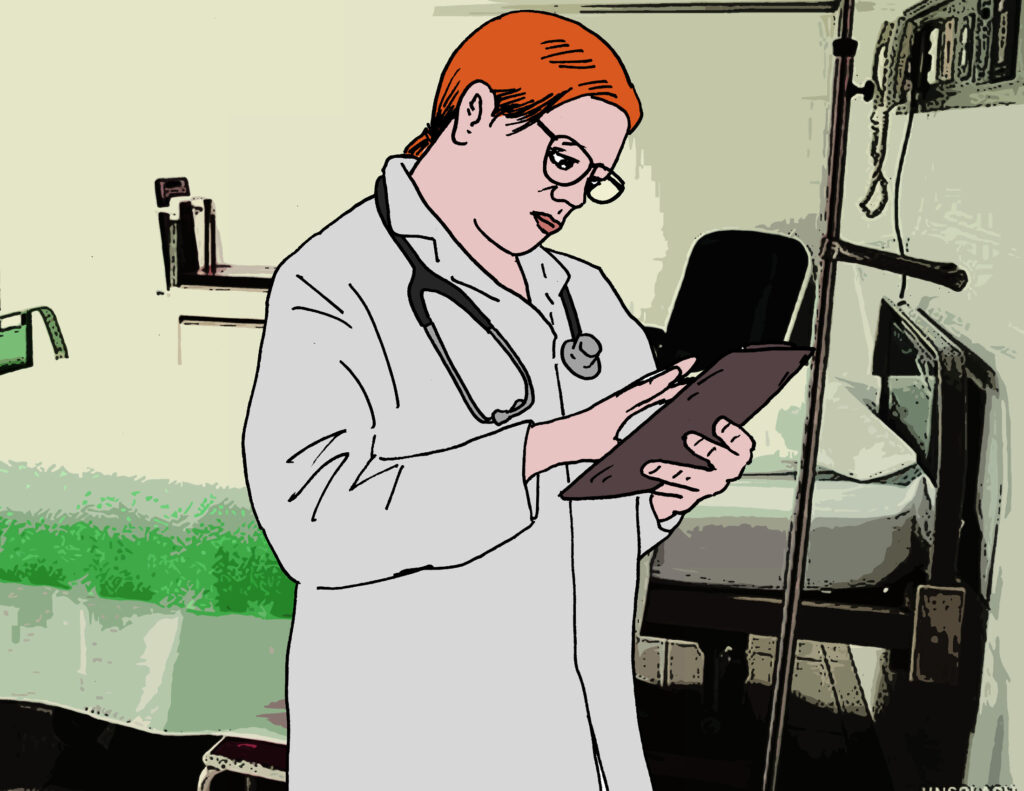
There are few things more important in the Healthcare industry than the ability to diagnose patients accurately. After all, a doctor must first understand exactly what health issues are affecting their clients if they are to recommend proper treatment. While most physicians are able to reliably pinpoint common symptoms fairly easily in most situations, the diagnostic process is not without its own problems. Following are five main challenges to accurate and timely detection that are commonly encountered in the medical practice:
- Weak Communication Between Medical Teams – There are times when patients being moved from one facility to another have bits of vital information lost or altered when medical teams are unable to relay complete information properly from one side to the other. Doctors must be vigilant when it comes to the transfer of patient information as any oversight or omission of detail may result in very harmful outcomes and even death.
- Complicated Diagnostic Process – Some practices have limited information regarding what patients should expect during their diagnostic process, leaving them in the dark and making it incredibly challenging to get the information required for an accurate diagnosis. Some may even be so confusing or complicated, that it leaves patients stranded and unable to communicate properly with the medical team responsible for diagnosis and treatment. Doctors ought to ensure that patients are guided by their staff through the diagnostic process before leaving, making sure that they know what to expect and that they are aware of who to contact regarding follow-ups, test results, and emergencies.
- Not Enough Time For Full Disclosure – It is common to see long lines of patients outside a doctor’s office – the more people waiting in line, the more pressure there is for a doctor to get through his appointments in order to see each and every patient. Because of this, many meetings are rushed, and patients are not able to communicate the full details of their health history before being pushed out of the door. Although it can get quite stressful, physicians must remember that each patient must be given the chance they need to relay all the relevant information completely. They may also be given a contact number or e-mail address that they may directly engage in case they left out some important details during their appointment.
- Inability To Measure Diagnostic Performance – It might come as a surprise to some that, unlike almost everything else in the health industry, the diagnostic procedure is not supported by a system of feedback and constructive criticism in most practices, making it very difficult for practices to identify areas for improvement. One way to deal with this is to provide a channel for patients to inform staff about how they felt their diagnosis was handled. This could be in the form of online reviews, post-treatment questionnaires, and more. If there are any glaring problems, someone will surely comment about them – providing valuable insight on how a team can diagnose their patients better in the future.
- Lack Of Access To Tools & Resources – Despite plenty of technological advancement in the industry, many physicians still end up practicing without proper access to the latest tools and resources. The knowledge is out there but having access to these tools can shorten the amount of time it takes to run all the different possibilities and outcomes drastically, helping doctors arrive at the most probable answers as fast as possible.
TukkoMed provides back-office and administrative support to doctors. If you are are a medical practitioner that is looking for a helping hand, look no further. Get in touch with us today!
